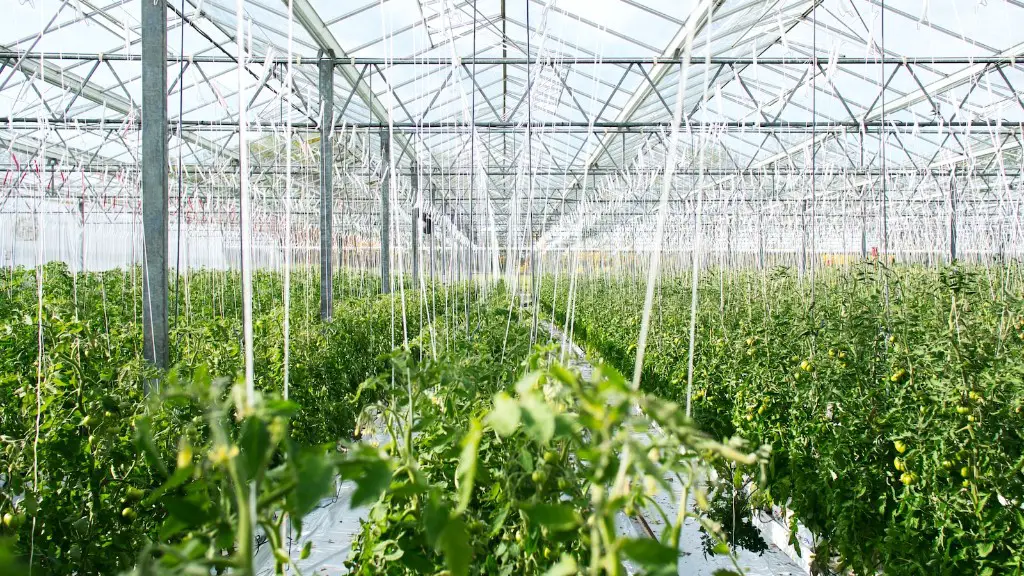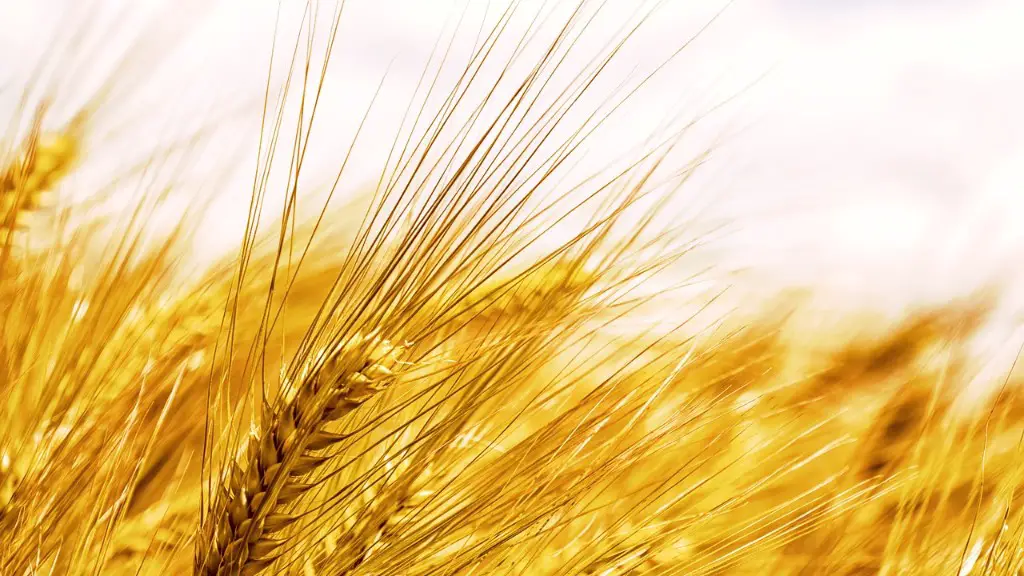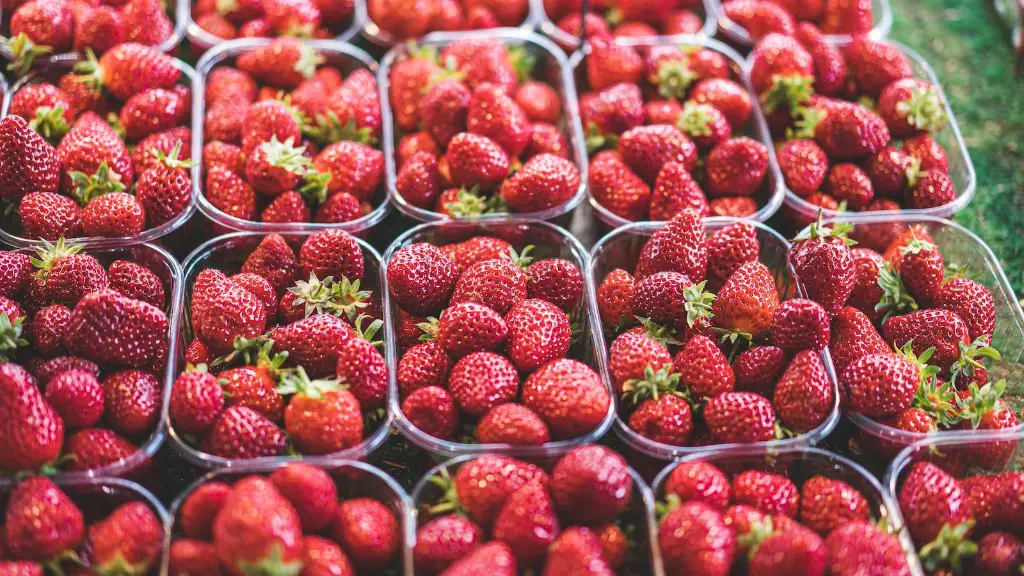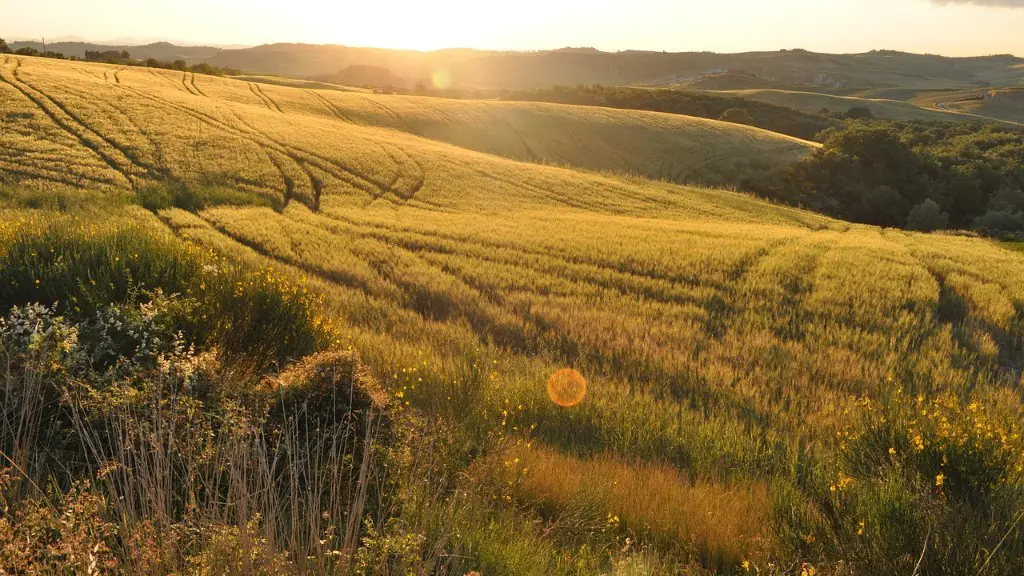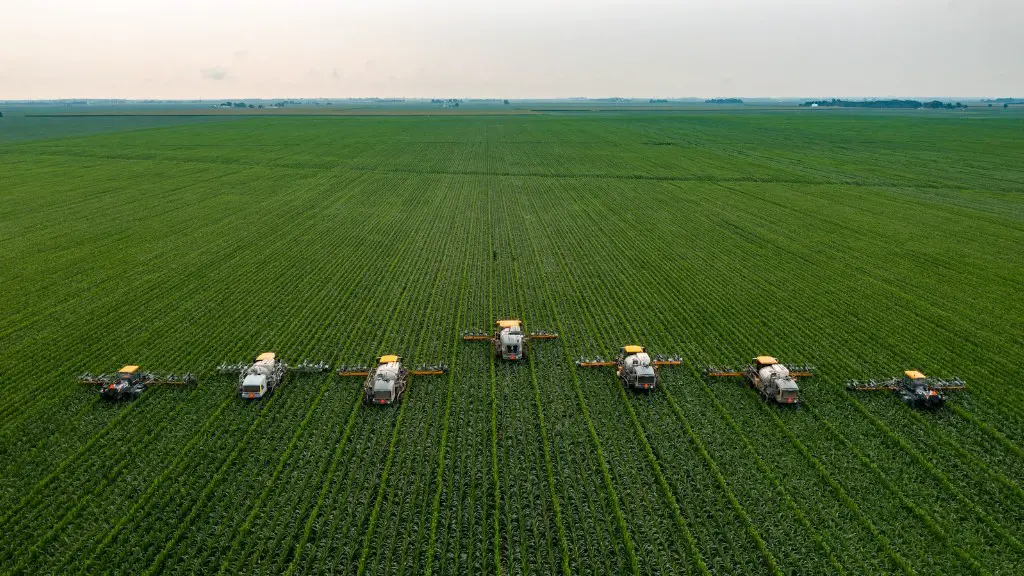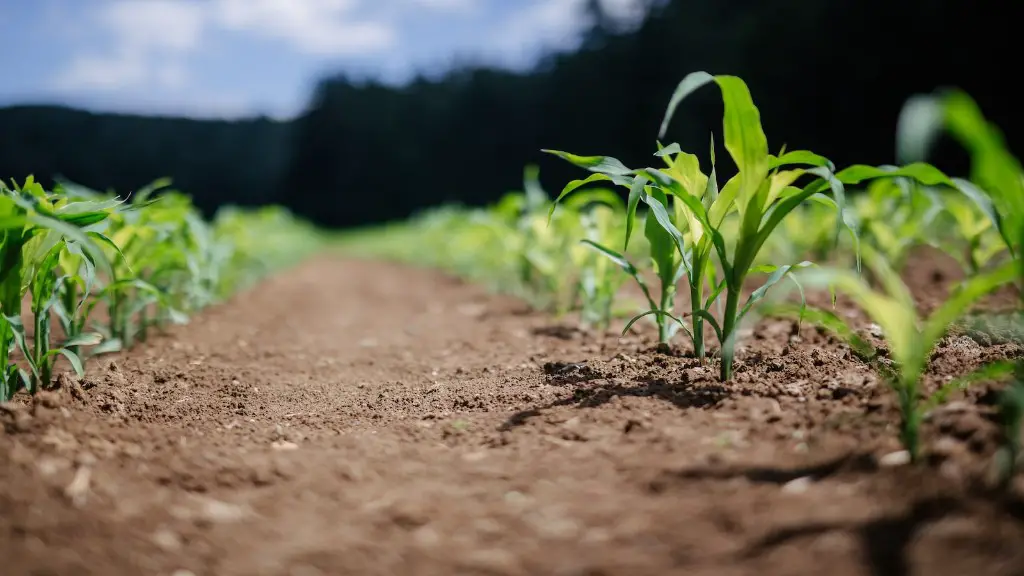A commodity is a basic good or service that is used in commerce and is interchangeable with other commodities of the same type. Agricultural commodities include food, fibers, fuels, and raw materials. These items are either grown on farmland or produced through livestock.
A commodity in agriculture is a bulk good that is traded on an exchange and is standardized.
What are examples of agricultural commodity?
An agricultural commodity is a good or product that is grown or raised for sale and use. Agricultural commodities include wheat, cotton, flax, corn, dry beans, oats, barley, rye, tobacco, rice, peanuts, soybeans, sugar beets, sugar cane, tomatoes, grain sorghum, sunflowers, raisins, oranges, sweet corn, dry peas, freezing and canning peas, forage, apples, grapes, potatoes, and timber.
California is the top agricultural producing state in the US. The state’s top 10 agricultural commodities are: dairy products, milk, grapes, almonds, cattle and calves, oranges, hay, lettuce, tomatoes, and walnuts. California produces more than half of the country’s fruits, vegetables, and nuts. The state’s agricultural industry employs over 1 million workers and generates over $100 billion in annual revenue.
What are 5 examples of commodities
A commodity is a basic good used in commerce that is interchangeable with other goods of the same type. Commodities are most often used as inputs in the production of other goods or services. The quality of a given commodity may differ slightly, but it is essentially uniform across producers. This uniformity allows them to be traded in markets. Some traditional examples of commodities include grains, gold, beef, oil, and natural gas. More recently, the definition has expanded to include financial products, such as foreign currencies and indexes.
There are four main types of commodities: agricultural products, livestock and meat, energy products, and metals. Agricultural products are soft commodities, while livestock and meat are also soft commodities. Energy products are hard commodities, as are metals.
What are the top 5 commodities in agriculture?
In 2021, the 10 largest sources of cash receipts from the sale of US-produced farm commodities were cattle/calves, corn, soybeans, dairy products/milk, broilers, hogs, miscellaneous crops, wheat, chicken eggs, and hay. These commodities generated a total of $212 billion in cash receipts, with cattle/calves accounting for the largest share at $61 billion. Corn was the second largest source of cash receipts, generating $52 billion, followed by soybeans ($34 billion), dairy products/milk ($24 billion), and broilers ($23 billion).
It is estimated that just 15 crops provide 90 percent of global energy intake. The big four crops – maize, rice, wheat and potatoes – are staples for about 5 billion people. These crops are essential to the global food supply and play a vital role in human nutrition.
What are common commodities?
Commodities play a big role in our everyday lives – even if we don’t realize it. Every time we purchase goods like tires, tea, beef, orange juice, or clothing, we’re indirectly using commodities. The most common commodities include copper, crude oil, wheat, coffee beans, and gold.
While we may not think about it, the commodities market plays a big role in setting the prices of the goods we use on a daily basis. For example, when crude oil prices go up, we often see a corresponding increase in the price of gasoline. Similarly, droughts or other poor growing conditions can lead to higher wheat prices, and consequently, higher prices for bread and other wheat-based products.
While commodities can be volatile, they’re an important part of our global economy and our everyday lives.
The United States is a large and varied country, with each state producing different types of agricultural commodities. California is the top producer of fruit, tree nuts, and berries, while Iowa is the top producer of grains, oilseeds, dry beans, and dry peas. Illinois is also a major producer of these commodities, while Texas is the top producer of cattle and calves. Other states produce different types of agricultural commodities, but these four states are the major producers of the most common types of commodities.
What are the 4 types of commodities
Things that are typically bought and sold in markets are called “commodities.” There are four broad categories of commodities: metals, energy, livestock and meat, and agricultural products. Most commodities are raw materials that are used to produce other goods or services.
Precious metals, such as gold and silver, are often used as a form of investment, or currency. Gold, in particular, has a long history of being accepted as a global currency. Energy commodities include oil, natural gas, and coal. These are important fuels for a variety of industries and are often traded on global markets.
Livestock commodities include live animals, such as cattle, pigs, and sheep. Meat commodities include the carcasses of these animals after they have been slaughtered. Agricultural commodities include a wide variety of products, such as grains, beans, fruits, and vegetables.
You can invest in commodities in a range of ways. The most common way to invest in commodities is through futures contracts. Futures contracts are agreements to buy or sell a commodity at a set price on a specific date in the future. Other ways to invest in commodities include buying shares of commodity-focused ETFs or mutual funds, or investing in companies that have a significant share of their business in the commodity market.
What is considered a commodity?
A commodity is a basic good used in commerce that is interchangeable with other commodities of the same type.
Commodities are most often used as inputs in the production of other goods or services. The quality of a particular commodity may differ slightly, but it is essentially uniform across producers.
because they are interchangeable, commodities are traded on an exchange. Commodities exchanges are similar to stock exchanges, but they deal in commodities rather than stocks.
The prices of commodities fluctuate based on supply and demand. Prices are higher when demand is high and supplies are low, and vice versa.
The Essential Commodities Act is an Act of the Parliament of India that regulates the production, supply, and distribution of certain commodities. The Act empowers the Central and State Governments to control the trade of these commodities by specifying the maximum retail price, stocking limits, and specifying the essential services that are required to be maintained during the period of emergency.
The commodities currently regulated under the Act are: fertilizers, pulses, edible oil, cereals, oilseeds, petroleum and allied products, and seeds of fruits and vegetables.
Is land considered a commodity
Land has always been a valuable commodity, but in the 21st century, it has become even more valuable and marketable. This is because the land itself has intrinsic value that can be leveraged in the economy. Particularly, land is becoming a highly valuable asset in the global economy.
There are a few reasons for this. First, the world population is continuing to grow, which means there is more demand for land. Second, land is a limited resource, so it becomes more valuable as demand increases. And third, as the world economy becomes more globalized, land becomes a more liquid asset, making it easier to buy and sell.
As land becomes more valuable, it will likely have a bigger impact on the economy. For one, the prices of goods and services that are land-intensive, such as housing, will continue to increase. And secondly, the value of land will become increasingly important for wealth accumulation. So, if you own land, you may be sitting on a very valuable asset.
Food commodities can be either raw agricultural commodities or processed commodities, but in order for them to be sold or distributed for human consumption, they must be in a certain form. For example, a raw agricultural commodity like wheat could be processed into flour, which can then be used to make bread. Alternatively, the wheat could be sold as is, in which case it would be considered a raw commodity.
What are the 2 main types of commodities?
Commodities are essential goods that are traded in the market. They can be split into two broad categories: hard and soft commodities. Hard commodities are natural resources that need to be mined or extracted, such as gold, rubber, and oil. On the other hand, soft commodities are agricultural products or livestock, such as corn, wheat, coffee, sugar, soybeans, and pork.
The United States is one of the world’s leading producers of agricultural products, with a production volume of over 350 million tonnes in 2013. The country’s agricultural sector is highly diversified, with a wide range of products being produced. The following is a list of the 20 biggest agricultural products in the United States, based on production volume in 2013.
1. Corn
2. Cow’s milk (whole, fresh)
3. Soybeans
4. Wheat
5. Potatoes
6. Hay
7. Eggs
8. Chicken
9. Apples
10.Oranges
11.Tomatoes
12.Bananas
13.Watermelons
14.Rice
15.Onions
16.Cucumbers
17.Lettuce
18.Pineapples
19.Peaches
20.Strawberries
Conclusion
A commodity is a marketable good or product produced in substantial quantities by many different producers. The term typically refers to food or other raw materials that can be bought and sold.
A commodity is a good or service that is bought and sold. In agriculture, a commodity is a product that is grown or raised for sale. Commodities are often traded on exchanges, and the prices of commodities can fluctuate based on market conditions.
